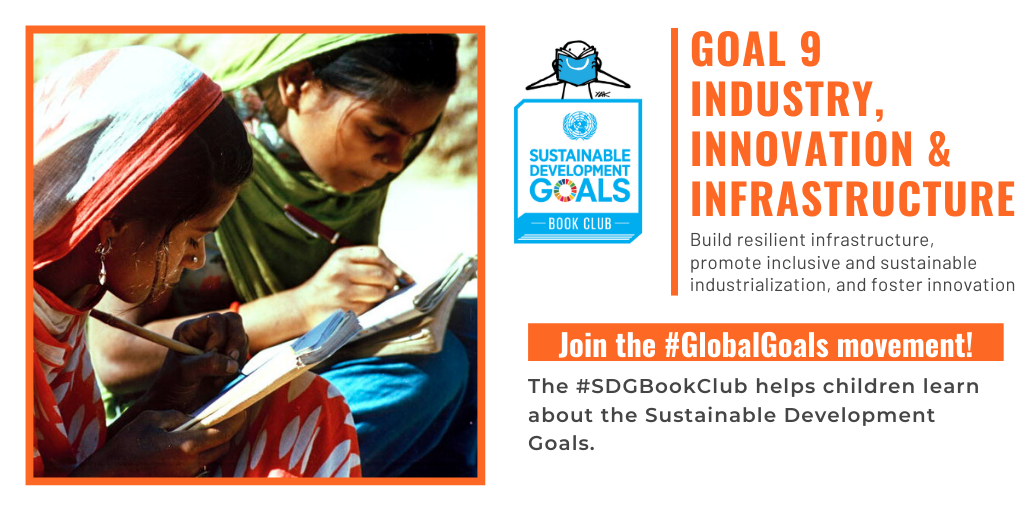 SDG 9: Industries, Innovation, and Infrastructure
SDG 9: Industries, Innovation, and Infrastructure
How did you get to school today? Walk? Bike? Bus? If you are lucky, you got there by taking paved roads and safe sidewalks. Not everyone in the world has access to the same efficient modes of transportation, some do not have safe roads leading to school or home – making it much harder to get from one place to another.
Infrastructure, meaning roads, bridges, tunnels, water supplies, sewers, electric grids, internet and phone networks, are essential for people to access good education, jobs, healthcare, and sanitation. Three billion people worldwide do not have basic sanitation like toilets and three in 10 people do not have access to safe drinking water.
Can you imagine life without the internet? 3.8 billion people do not have access to the internet, that is 80 percent of the population in least developed countries. Additionally, 18% of people do not have mobile networks to use cellphones.
While major improvements are being made to infrastructure, providing roads, public transport, electricity, connectivity to the internet, and clean water and sanitation to people around the world, billions of people still live without good services.
Our new reading list covers many of these topics and we hope the stories will inspire you to take action for all children to get to school safely and have access to infrastructure where they live.
The SDG Book Club makes content available in the six official languages of the United Nations – please see our other pages for more recommendations in Arabic, Chinese, French, Russian and Spanish.
On the importance of reading
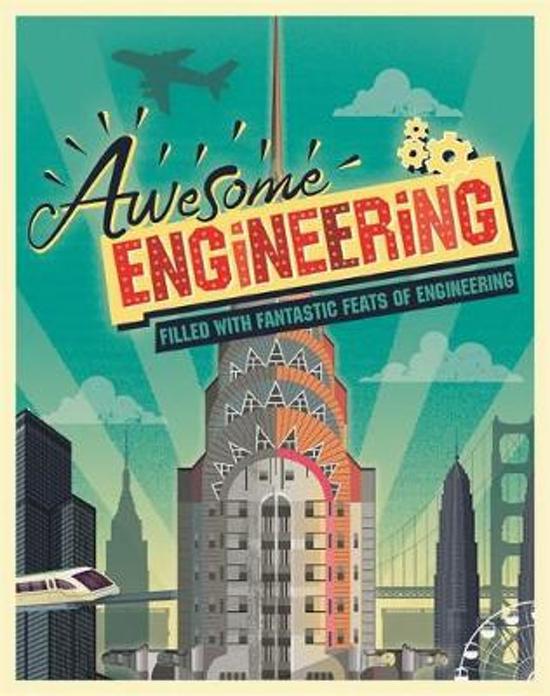
Awesome Engineering
Awesome Engineering presents real-world examples of engineering problem-solving to inspire future engineers, architects and designers. This bumper book is packed full of the world’s most amazing feats of engineering. From space stations to underground tunnels, superstructures to jet engines; marvel at the landmark achievements in engineering from across history and around the world. Stunning artwork recreates each engineering wonder, with stylish diagrams, engaging text and photos adding to the fascination and understanding of these awe-inspiring achievements.
Author: Sally Spray | ISBN: 978-1445165752 | Publisher: Hachette Children’s Group
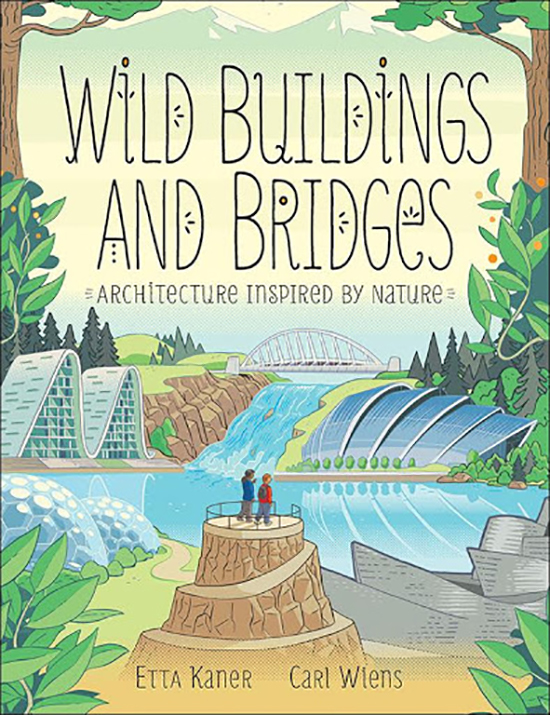
Wild Buildings and Bridges
Award-winning author Etta Kaner combines science and art in this unique look at nature’s influence on architecture and design. The emphasis on problem-solving and critical thinking make it an excellent choice for science and technology lessons on structures, mechanisms and engineering.
Authors: Etta Kaner | Illustrator: Carl Wiens | ISBN: 978-1771387811 | Publisher: Kids Can Press
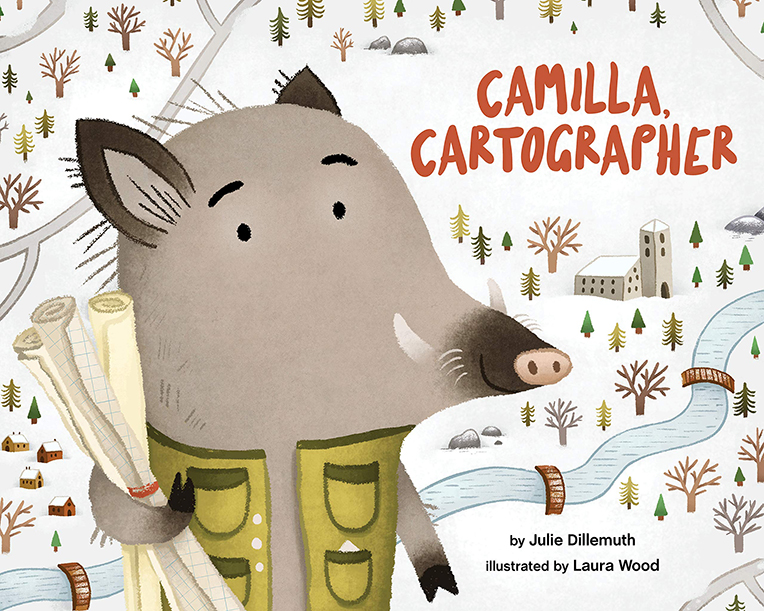
Camilla Cartographer
A delightful book for younger readers, introducing geographical concepts and making mapping fun. A wild boar and her friend find themselves snowed in with no idea of where anything in their habitat is located now that everything is covered. The protagonist, Camilla, loves maps and finds an old version of their habitat but notices that things are quite different than how they used to be. She becomes “Camilla, the Cartographer” and she and her friend go on an adventure to remap their neighborhood.
Author: Julie Dillemuth | Illustrator: Laura Wood | ISBN: 978-1433830334 | Publisher: Magination Press
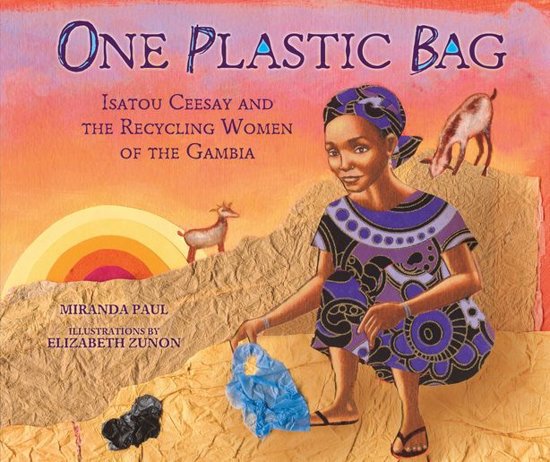
One Plastic Bag
An inspiring true story of initiative and problem solving. Although plastic bags are now widely banned and awareness of single use plastics is much greater, it stands as a good example of awareness development, inspiration and community initiative. This book teaches children to not passively accept injustices against animals and the environment and to take entrepreneurial initiatives.
Author: Miranda Paul | Illustrator: Elizabeth Zunon | ISBN: 978-1338155273 | Publisher: Scholastic, Inc.
Reading is a great way to better understand what people from across the globe struggle with in their everyday lives, and it helps us reflect on our own situation. But reading is just the first step: now it’s time to share your book club experiences and how you plan to take action. Each month, we will feature a couple of book clubs on our blog, so get ready to share your story through social media, by using #SDGBookClub and tagging @UNPublications.
We know it can be difficult to stay at home to protect ourselves and our loved ones from COVID-19. This is why we created a new guide on how to organize your own SDG Book Club online to connect with your friends and family while sharing the joy of reading. We look forward to hearing about your experience on social media using #SDGBookClub.
Help us spread the word by downloading our promotional materials. You will find a horizontal banner, bookmark, placard and easy-to-print sign-up sheet for your friends, family and community to join the SDG Book Club!
The International Publishers Association (IPA) is a federation of publishing associations from around the world. The main mandate of the IPA is to promote and defend copyright, support the freedom to publish, promote literacy and reading. IPA is an accredited NGO in consultative status with the Economic and Social Council of the UN. IPA supports the SDGs and works particularly closely with WIPO and UNESCO.
The International Federation of Library Associations and Institutions (IFLA) is the leading international body representing the interests of library and information services and their users. It is the global voice of the library and information profession. Founded in 1927 in Edinburgh, Scotland at an international conference, we celebrated our 90th birthday in 2017. We now have more than 1,300 Members in nearly 150 countries around the world. IFLA was registered in the Netherlands in 1971.
The International Board on Books for Young People (IBBY) is a non-profit organization that represents an international network of people from all over the world who are committed to bringing books and children together. Today IBBY comprises 79 National Sections worldwide.
The European & International Booksellers Federation (EIBF) represents national booksellers associations in the European Union and beyond. EIBF Members in turn have in membership booksellers of all kinds: brick and mortar bookshops, online bookshops, independents, chains.
The Bologna Children’s Book Fair (BCBF) is the most important international trade fair of the children’s publishing industry. With over 50 years of experience, BCBF has succeeded in bringing together a unique and diverse global audience: the result is the world’s premium copyright business hub when it comes to publishing with an extra core that extends to all multi-media content for children.

